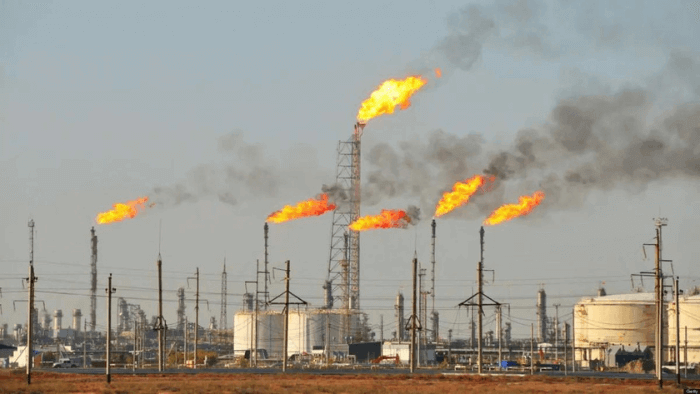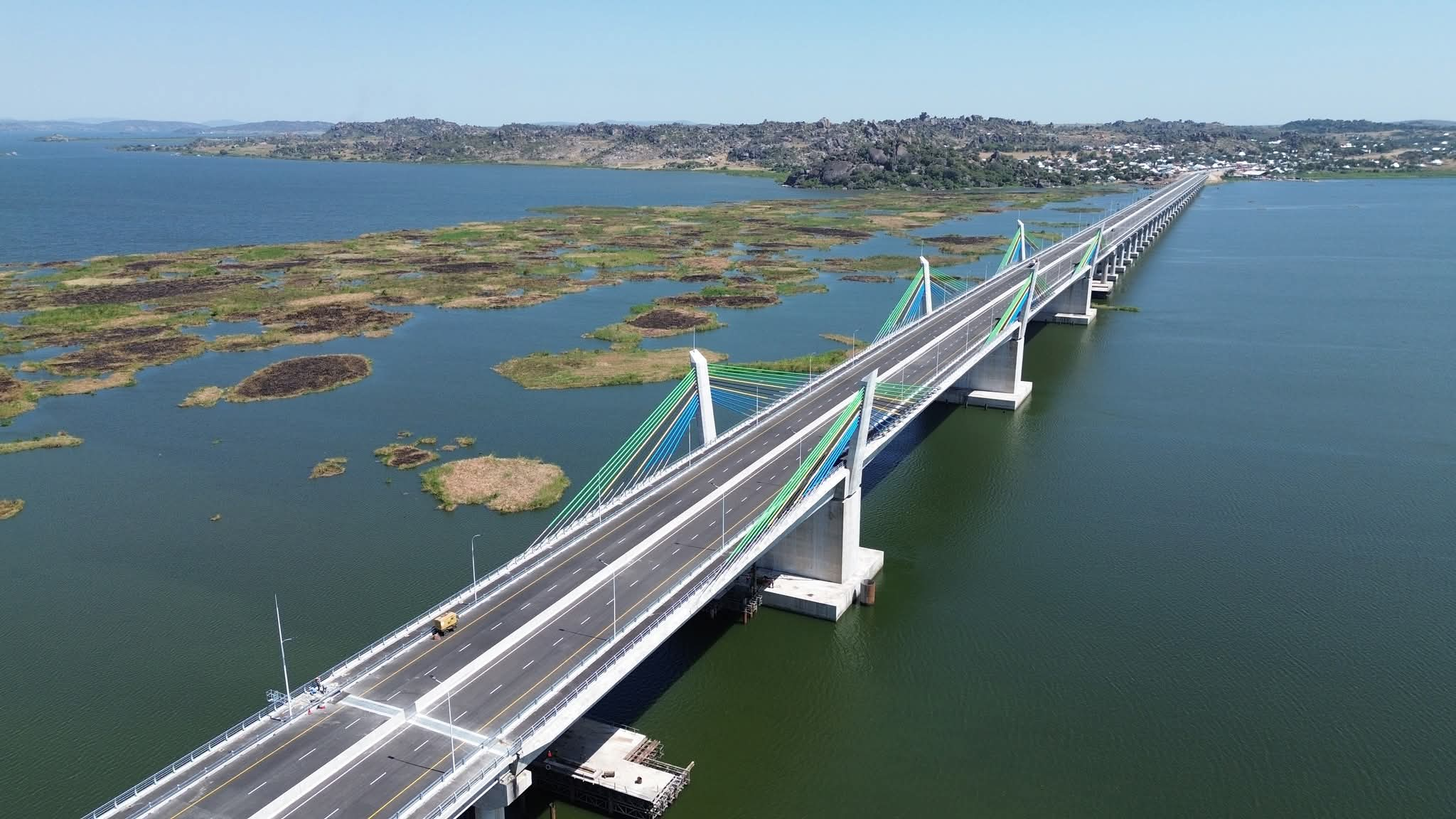GAS FLARING: All You Need to Know [Part 1]

Did you know that the amount of gas currently flared globally each year, which is about 148 billion cubic meters, could power the whole of sub-Saharan Africa, and that Nigeria's Natural Gas is one of the best in the world?
According to the World Bank Group, gas flaring is the burning of the natural gas associated with oil extraction. The practice of gas flaring has persisted from the beginning of oil production over 160 years ago, and takes place due to a range of issues, from market and economic constraints, to a lack of appropriate regulation and political will.
Flaring and venting are a waste of a valuable natural resource that should either be used for productive purposes, such as generating power, or conserved. Flaring persists to this day because it is a relatively safe (though wasteful and polluting) method of disposing of the associated gas that comes from oil production. Utilizing associated gas often requires economically viable markets for companies to make the investments necessary to capture, transport, process, and sell the gas.
But despite it being a waste, flaring gas may be required for safety reasons. During crude oil extraction, a sudden or dramatic increase in pressure could cause an explosion. Although rare, industrial accidents involving oil and gas can result in destructive, dangerous, and long-lasting fires that are difficult to contain and control. Gas flaring allows operators to de-pressurize their equipment and manage unpredictable and large pressure variations by burning any excess gas.
In addition, in many cases, oil fields are located in remote and inaccessible places. These sites are hard to access and may not produce consistent or large volumes of associated gas that operators can use. This can make it logistically and economically challenging to transport associated gas to where it can be processed and utilized. Moreover, capturing and using the associated gas is often viewed as prohibitively expensive if oil production sites are small and dispersed over a large geographic area. In these instances, the associated gas is typically flared.
Thousands of gas flares at oil production sites worldwide burned approximately 148 billion cubic meters of gas in 2023. Assuming a ‘typical’ associated gas composition, a flare combustion efficiency of 98% and a Global Warming Potential for methane of 25, each cubic meter of associated gas flared results in about 2.8 kilograms of CO2 equivalent emissions (CO2e), resulting in over 350 million tons of CO2equivalent emissions annually. The methane emissions resulting from the inefficiency of the flare combustion contribute significantly to global warming. This is particularly so in the short to medium term as, according to the Intergovernmental Panel on Climate Change, methane is over 80 times more powerful than carbon dioxide as a warming gas on a 20-year timeframe. On this basis, the annual CO2equivalent emissions are increased by around 80 million tonnes.
Flaring is, of course, totally unproductive and can be avoided far more easily than many other sources of greenhouse gas (GHG) emissions. The gas could be put to good use and potentially displace other more polluting fuels, such as coal and diesel, that generate higher emissions per energy unit. In addition to these GHG emissions, black carbon (soot) is another pollutant sometimes released by gas flares. Black carbon is produced through the incomplete combustion of fossil fuels and, despite remaining in the atmosphere for just a few days or weeks, has a very large if short-term climate impact. This is of particular concern in the Arctic, where black carbon deposits are believed to increase the rate at which snow and ice is melting. Research from the European Geosciences Union indicates that gas flaring emissions may contribute about 40 percent of the annual black carbon deposits in the Arctic.
On how oil producers can reduce the amount of gas being flared, they can either re-inject associated gas or use it for productive purposes. However, operators often face significant challenges capturing, treating, storing, transporting, and commercializing associated gas, and the cost of ending all routine flaring could be more than US$100 billion.
The traditional approach to flare gas utilization – collecting associated gas and transporting it through a gas pipeline – is heavily dependent on achieving economies of scale. To be viable, operators must typically capture a large quantity of associated gas from many flare sites, ideally located close to one another, and then build the infrastructure needed to commercialize the gas. For example, to generate power and increase energy access.
There are, however several alternative ways to address the routine gas flaring problem. Meanwhile, governments can put in place a range of effective regulations and policies to incentivize and encourage gas flaring reduction. Developments in small-scale gas utilization technologies have also greatly improved the potential for associated gas use in recent years. However, not all such technologies are economical, and much depends on fuel and end-product prices. Small electricity generation plants, truck-mounted, liquefied natural gas plants, and integrated compressed natural gas systems are often viable alternatives to flaring – but they can be expensive to implement.
But all hope is not lost. Encouragingly, while oil production has increased by around 28 percent since 1996, the amount of associated gas flared has decreased by 11 percent. This means that the oil industry is making progress because we are seeing a gradual decoupling of a long-standing correlation between oil production and gas flaring. Many oil field operators who flare associated gas, are making the investments necessary to reduce flaring. Many have also made the commitment to end routine flaring. In 2015, the World Bank and the UN Secretary-General launched the Zero Routine Flaring by 2030 (ZRF) initiative, which commits governments and oil companies to not routinely flare gas in any new oil field development and to end existing (legacy) routine flaring as soon as possible and no later than 2030.
For instance, in Nigeria, before 1975 the gas sector was characterized by huge amount of flaring because gas was seen as a nuisance. The successful implementation of NLNG in 1999 heralded the start of the evolution of Nigeria's gas sector. Through very favorable and attractive fiscal incentives, there was a proliferation of new export oriented projects such as WAGL, GTL, etc. This era also saw a small increase in the utilization of gas in both the domestic power and industrial sectors, resulting in noticeable decline in gas flaring. Gas consumption in the domestic market in Nigeria was relatively flat at approximately 0.3 bscfd. From year 2002, Nigeria began to experience a general increase in domestic demand mostly driven by the power sector. Gas consumption in the domestic market has grown slowly over the years to the current level of about 1.01BCf/d and is projected to grow to about 3 Bcf/d to 5 BCF/d over the next decade with the demand driven by the power sector.
There is now broad acceptance that successful implementation of functioning gas-based industries will require private sector participation, and the Government's role should be limited to providing the appropriate commercial and regulatory frameworks to stimulate this. Regarded as one of the best in the world, Nigeria's Natural Gas is low in Hydrogen Sulphide (H2S) and Carbon Dioxide (CO2) impurities. Despite this advantage gas flaring (estimated at nearly $2million/day), constitutes, to date, a phenomenal wastage in Nigeria's resources. However considerable successes have been recorded in reducing flaring and new initiatives are planned to achieve zero routine flaring.
SOURCES: World Bank Group | Nigerian Gas Association
#penglobalfactfile #gas


_1755775186.jpg)
